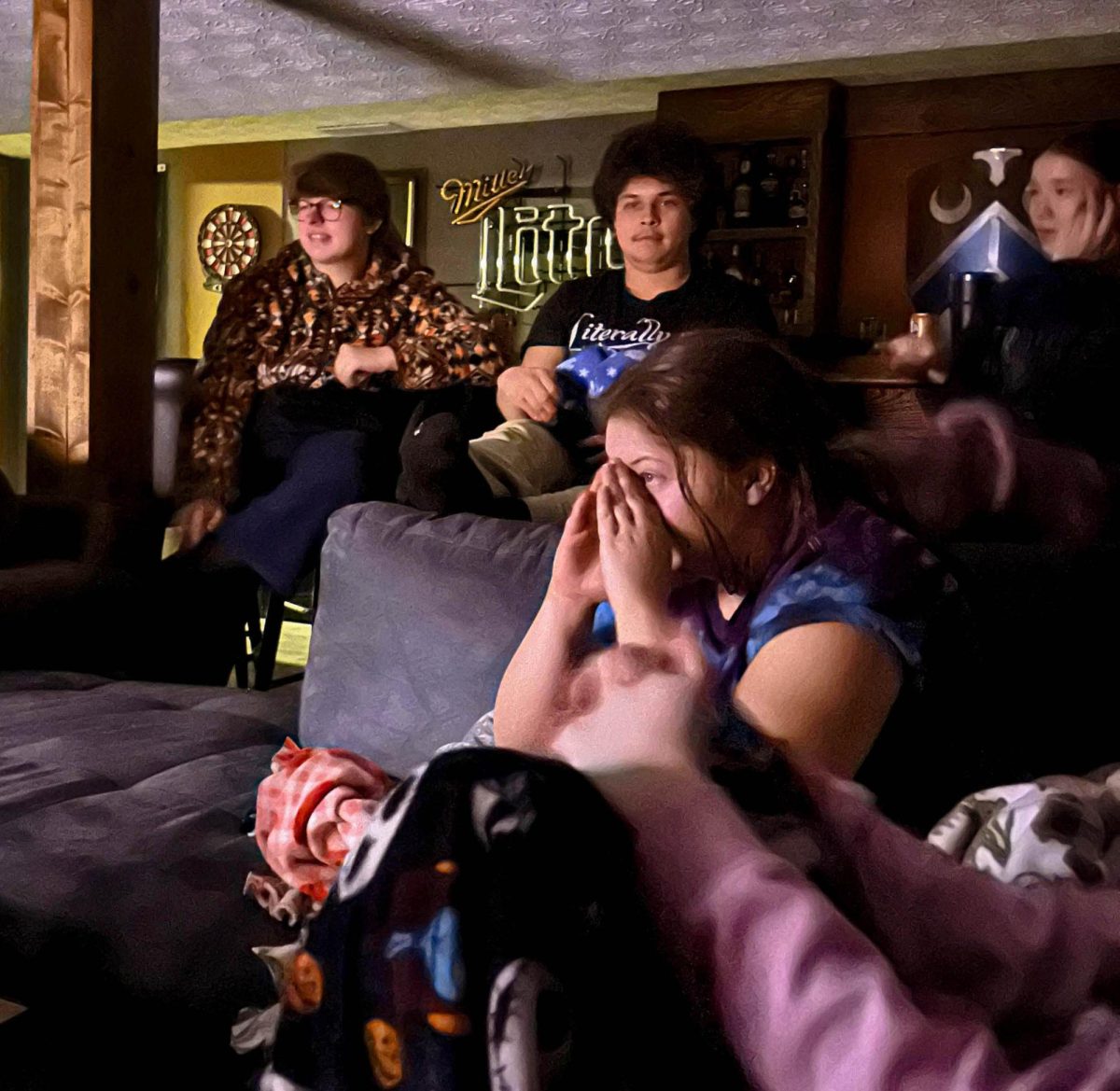BY EMILY CORBETT
Students oftentimes function during the school day without a wink of sleep. They stay up for a variety of reasons including having poor sleeping habits, disorders, extracurricular activities or personal activities.
According to Psychology and Sociology teacher Sean Ring, most high school students need at least nine to 10 hours of sleep. However, he believes the majority of students sleep less.
“Poor sleep is very common…[It’s the] way school is structured and the times students get up,” Ring said.
Having the appropriate amounts of sleep helps to regulate homeostasis, a state of equilibrium in the body. This allows for students to be less weary and more energized throughout the day.
With more sleep the body gains more energy, leading to students’ metabolism and bowels working better. They can grow more efficiently, both physically and mentally too.
With appropriate sleep the neurotransmitters, chemicals in the brain, are able to make necessary connections which allow people’s nervous systems to work better.
One of the most common disorders, that can deprive people of sleep is insomnia, which may be caused by anxiety, stress or depression. Insomnia is when people have difficulty sleeping, which can lead to drowsiness or falling asleep during the day.
Another common disorder is sleep apnea. This causes people to struggle with breathing while asleep, which can lead to waking up throughout the night. This disorder also may cause issues of drowsiness throughout the day.
Sleepwalking or Somnambulism is also a possible behavior disorder to have, but it is most often found in children rather than adults. It is more likely to occur if a person is sleep deprived.
Junior Elizabeth Briles has had experiences with sleepwalking in the past, but has not experienced it recently.
“I sleepwalk… The last time it happened was eighth grade,” Briles said.
If students deprive themselves of sleep, their lives could be affected negatively and it could have rebound effects, such as having less energy to engage in daily activities and enjoy life.
“[People have a] lower quality of life…[The] brain can’t prune or rest,” Ring said.
Less sleep and more daytime drowsiness can also pose dangers to people in their day to day lives with driving and doing other activities.
According to sleepassociation.org, nearly 40 percent report falling asleep during the day. Another 4.7 percent reported nodding off or falling asleep while driving.
Less sleep in students can lead to difficulty with focusing and concentrating in school, sports, and extracurriculars.
Some students feel their current sleep patterns don’t affect their daily lives, one is junior Camden Gross. She said her current sleep schedule doesn’t have many side effects. She doesn’t usually get headaches or get tired throughout the day.
“[It’s] hard to go to bed early,” Gross said.
On a school night, Gross reports going to sleep at about midnight and waking up around 6:45 a.m. every morning. That’s a little under seven hours of sleep.
“My body is used to it,” Gross said.
Briles also tries to maintain a consistent sleep schedule. She usually gets ready for bed at around 10:00 p.m. and wakes up at 6:00 a.m. on school days or 7:00 a.m. on weekends. This is around seven to eight hours of sleep.
“This way I can get up for school and don’t feel as exhausted as I would if I didn’t [get up early on weekends],” Briles said.
In order to maintain consistency, she oftentimes limits herself with using electronics one hour before bed and does other activities like reading.






























